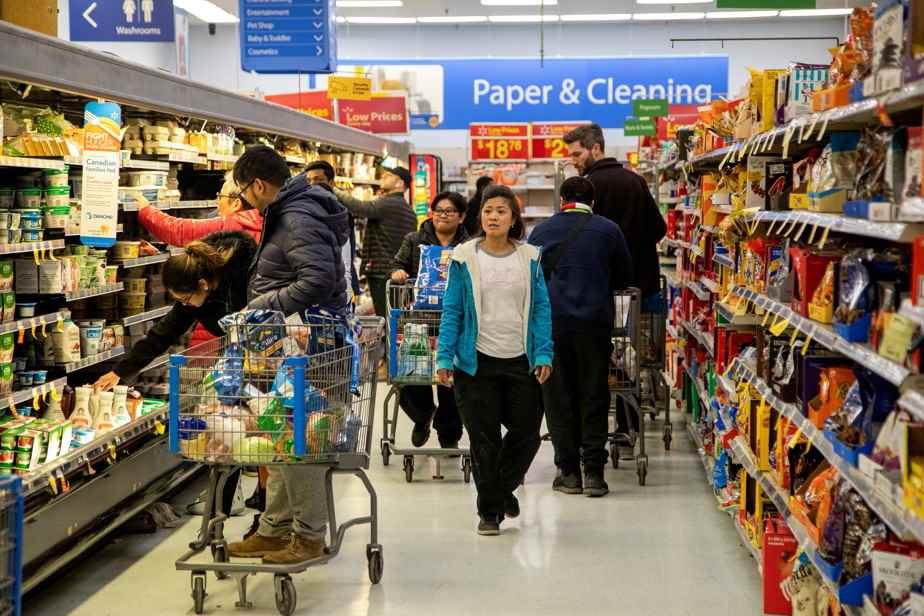Consumers were not spared in May. Inflation in the country has climbed to 7.7% year over year, the largest annual increase since January 1983, according to data released Wednesday by Statistics Canada.
Posted at 8:40 a.m.
Updated at 11:22 a.m.
The rise in gasoline prices (+12%) and in hotel and restaurant bills partly explains this growth. The price of the grocery basket remains high with a 9.7% increase in the cost of food, the same increase was recorded in April. The numerous disruptions in the supply chain and the explosion in transport costs have a direct impact on the cost of foodstuffs.
“Crude oil prices rose in May. The growth was driven by supply uncertainty amid Russia’s invasion of Ukraine, as well as higher demand as a result of the continued increase the number of trips following the easing of restrictions related to COVID-19,” notes Statistics Canada.
Excluding gasoline, the Consumer Price Index (CPI) rose 6.3% last month, after rising 5.8% in April. “Price increases continued to be widespread, putting pressure on the wallets of Canadians and in some cases impacting their ability to meet day-to-day expenses.” federal agency.
The price of milk
Inflation also affects milk producers. In May, they asked the Canadian Dairy Commission (CCL) to authorize a second increase in the price of milk sold at the farm in the same year. The CDC therefore agreed to an increase of $1.92 per hectolitre, or 2.5% as of the 1er september.
Some products affected by the price increase
- Edible fat and oils (+30%)
- Fresh fruits and vegetables (+10.3%)
- Fresh and frozen fish (+11.7%)

